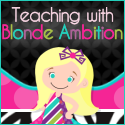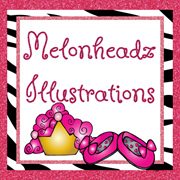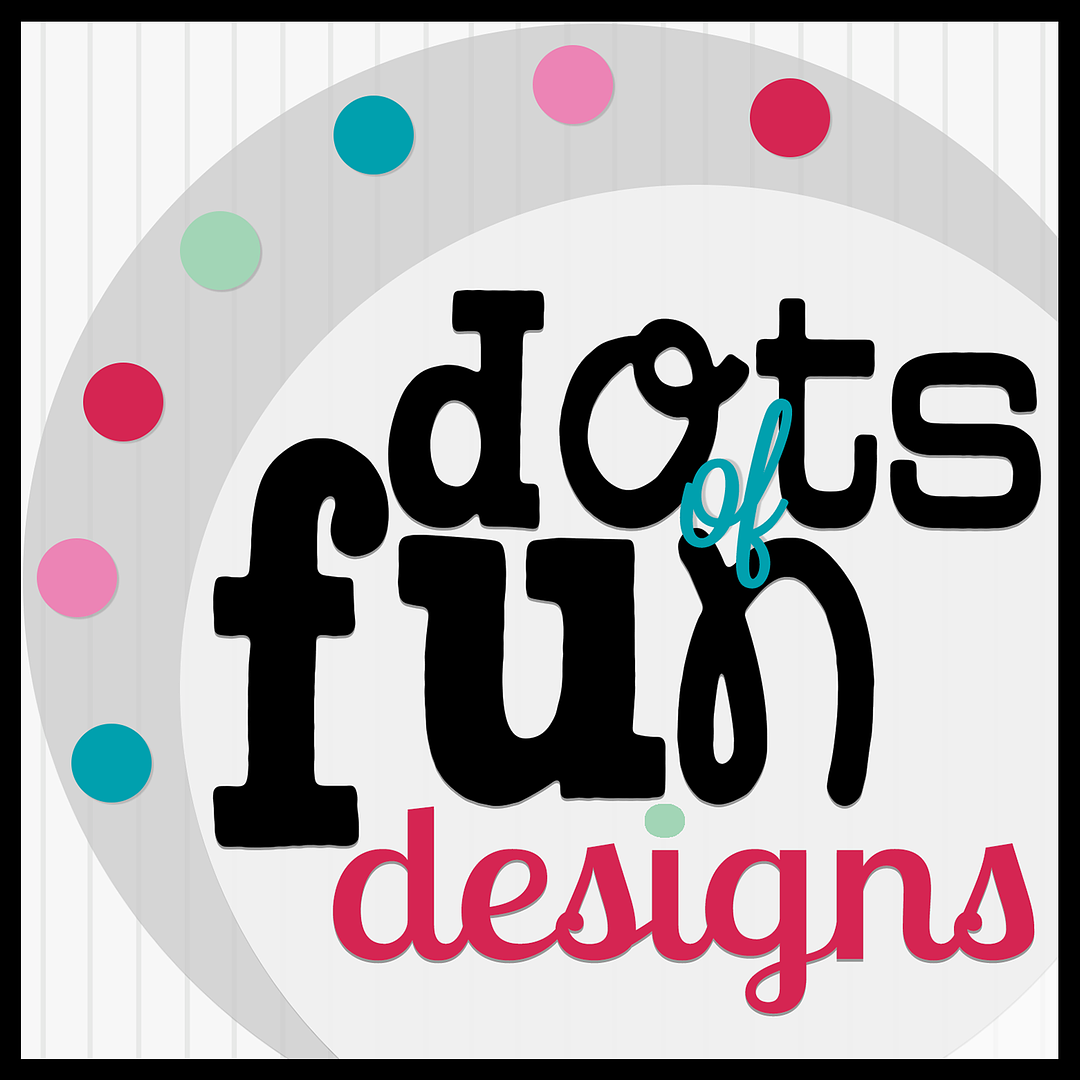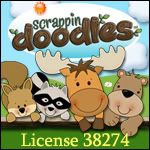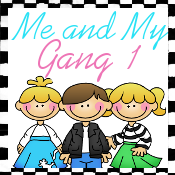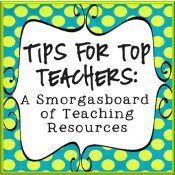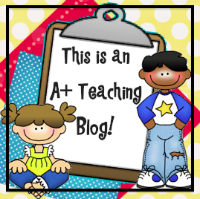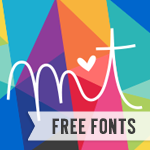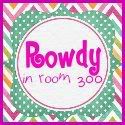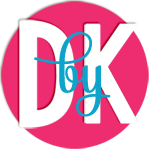Many of us have struggling readers in our classrooms. Now that school is back in full swing and reading groups are going, we teachers of lower grades need to take a look at how we meet the needs of our struggling readers.

The National Institute of Child Health and Human Development (NICHHD), after two years of extensive researched, published it's findings in 2000 in The Report of the National Reading Panel (NRP). The panel concluded there are five essential components of reading instruction that help struggling readers learn to read. These concepts are known commonly as "The Big 5". (Side note: Interestingly, the Panel did not address issues relevant to ELL learners as this was being done by another study.) They include the following:
In our district, we must have this posted somewhere in our room as a constant reminder of the most critical elements of teaching reading.
Over the next few weeks I want to take a look at each one of the Big 5 and have you link up with activities that you use in your classrooms!
Today, my focus is on the first stepping stone, phonemic awareness. Too often, teachers confuse the terms phonemic awareness and phonological awareness, or they use them interchangeably. Phonological awareness is the overall umbrella referring to the awareness of the sound structure of a spoken word (Gillon, 2004). When you are talking about rhyming, alliteration, clapping syllables, dividing words into onset and rime, you are talking about phonological awareness. Phonological awareness develops from the larger level, rhyming, to the smaller level, phonemic awareness.
The graphic above is based on a fabulous picture I found in the book, Next STEPS in Literacy Instruction: Connecting Assessments to Effective Interventions, (page 56). I wanted to adapt it to my for my own use and made the one above.
As you can see from the picture, phonemic awareness is the tail end of phonological awareness. Phonemic awareness is the ability to hear sounds in isolation and to manipulate those sounds. And, as shown by the chart above, there is a sequence to developing phonemic awareness just as there is phonological awareness, from easiest tasks to the more challenging tasks (isolation to substitution). This makes identifying the phonological and/or phonemic instruction a child needs much easier!
If a child cannot blend (phonemic awareness), go back and see if he can categorize a sound, and so on. If a child cannot isolate a sound (first step in phonemic awareness), you need to go back through the steps of phonological awareness and see if he can identify onset-rime, etc. All the while, the NRP suggests the continued teaching of phonemic awareness as you go back and pick up areas of phonological awareness that may be missing (NICHHD).
Here are some other interesting facts the NRP suggests:
* Teach in small groups, with explicit and systematic instruction. (Struggling readers benefit most from groups of 3 or 4).
* The ability to blend and segment sounds give the greatest advantage to reading for K-1 students.
* Teach through games, songs, nursery rhymes, and activities.
* Connect phonological awareness with letters whenever possible. The connecting of speech to print improves phonemic awareness.
* Monitor progress at least every 2 weeks and make changes to the size of the group, the duration taught, etc. to help meet your goal.
* Provide direct instruction and guided practice of phonological activities and give particular attention to phoneme segmentation.
If you have blogged about or have a fun freebie or a TpT product that teaches any area of phonological awareness, phonemic awareness or heck, even phonics, link up below! My hope is that this will become a treasure trove of ideas for teachers!
Hugs and love,

Gillon, G.T. (2004). Phonological awareness: From research to practice. New York: Guilford Press.
National Institute of Child Health and Human Development. (2000). Report of the National Reading Panel. Teaching children to read: An evidence-based assessment of the scientific research literature on reading and its implications for reading instruction (NIH Publication No. 00-4769). Washington, DC: U.S. Government Printing Office.







